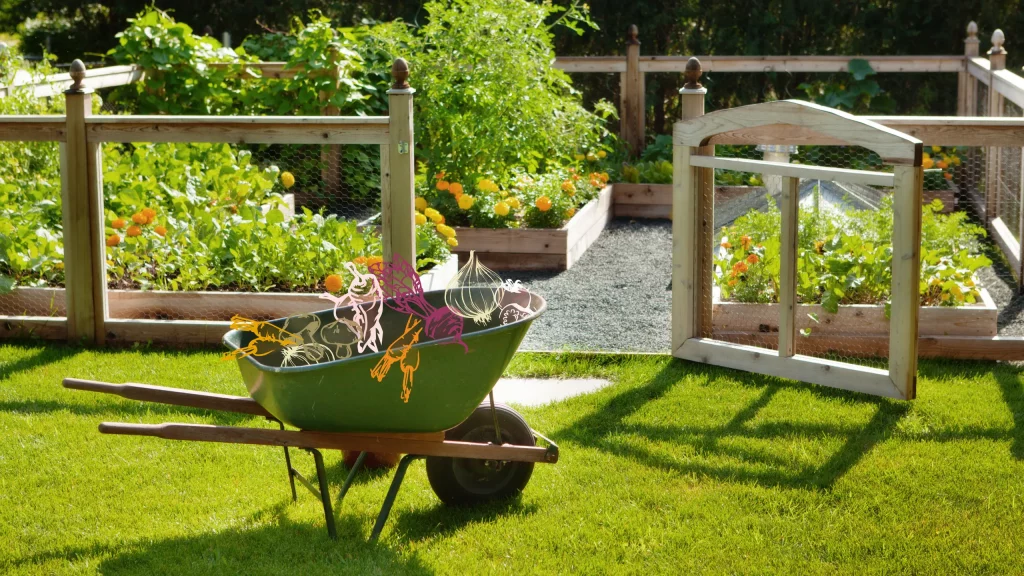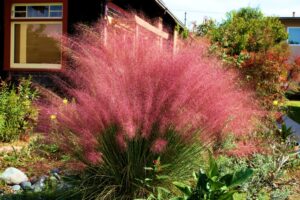Gardening Basics For Beginners

Whether you’re a beginner or a pro, gardening basics are important. Learn the best ways to care for your plants, and grow delicious fruits and vegetables.
Watering your garden
Learning how to water your garden for beginners is easier than it sounds. The first step is to determine your plants’ watering needs. This will depend on the type of plants you have, the climate you live in, and your own personal preference.
The general rule of thumb is that each plant requires approximately one inch of water per week. For a more precise estimate, you may want to use a rain gauge to measure the amount of rainfall in your area. If you have a hose or a sprinkler, you can simply run it to your garden site.
Watering the right way is the most important factor in having a successful garden. If you’re not sure how to get it right, you can test the soil for moisture using a fingertip meter.
You can also check the depth of your soil using a hand probe. If the top layer is dry, you’re probably not doing your job.
Watering your plants in the morning is a great way to maximize their growth. This will allow the leaves to dry out before the nighttime temperatures cause them to dehydrate.
Using a timer is an easy way to make sure you water your plants at the same times each day. You can set the timer for when you’re at work or at home on vacation.
Growing berries in a food garden
Growing berries is a wonderful way to add a healthy source of Vitamin C to your garden. You can even make a variety of delicious preserves from your berries.
Blackberries and raspberries are two of the most common berry plants. They are known for their tasty taste and are easy to grow. However, you need to take care when planting them. If you plant them too close to other plants, you risk spreading diseases.
Berry plants should be planted in a sunny spot with well-drained soil. Make sure you keep the patch at a reasonable size, about 500 yards long and 50 feet wide. In addition, it’s best to have a thick layer of mulch to protect the roots from moisture loss.
While some berries can be grown in part-sun conditions, most require full sun. Plant them in an area that gets at least six hours of direct sunlight per day.
You can also grow some sweet berries in pots. Select the right type of container for your needs. There are many different varieties, including figs, mulberries, and gooseberries.
The best time to plant berry plants is in spring. You can purchase them as bare-root plants, but they are often dormant when shipped. It’s a good idea to buy a containerized version, too, so that you can move it around your yard to get the most exposure to sunlight.
Curved gardens
Curved gardens are on the rise, and it makes sense when you look at the trends. This is in part because of the feng shui of the home and in part because of the natural growth patterns of plants and trees. With the right planning, it is possible to design a beautiful, relaxing and livable space that does not require a major redesign.
There are a number of advantages to a curved garden, including the fact that it’s easier to weed and fertilize, and it can serve as a backdrop to your other features. It also makes a wonderful focal point and a place to entertain family and friends.
The trick is to choose a suitable edging material. Metal is a good choice, as it is lightweight and easy to work with. You’ll need to be sure that the material you select matches the shape of your landscape. The same goes for the right type of lawn. If you are planning on doing some DIY edging, it might be worth a trip to the home improvement store.
It’s also important to consider the depth of your chosen material. Deep borders can be a hindrance to some designs. They can hide garden features you may not want visitors to see, and can even be more expensive to install than you are willing to pay. On the other hand, shallow borders allow light to filter through the foliage, enhancing your garden’s ambience.





